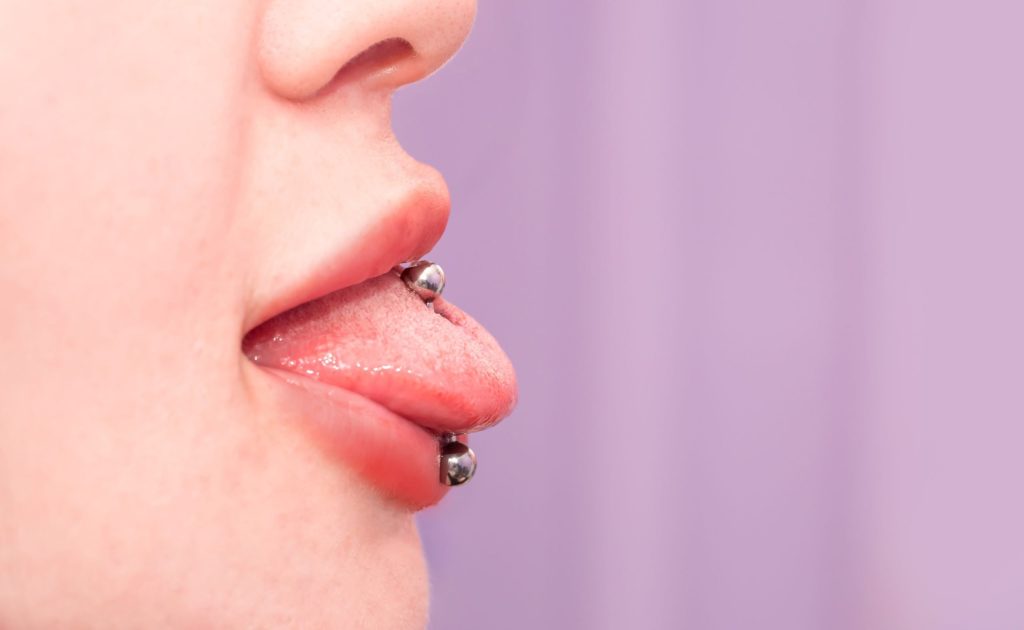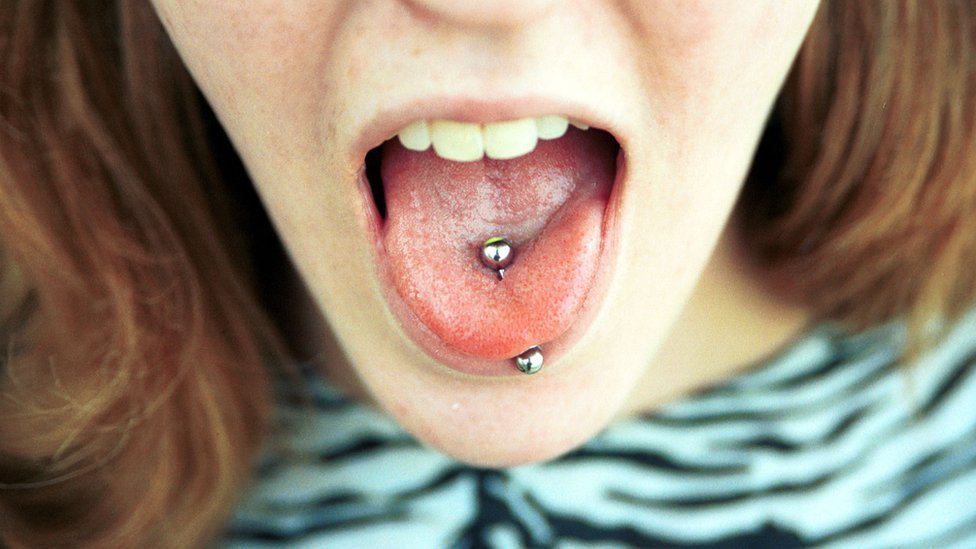
Tongue piercings have long intrigued society—not only as fashion statements but also as deeply personal and cultural expressions. While often seen today as edgy or unconventional, the tongue piercing has roots that stretch far beyond modern trends. From ancient ceremonial practices to present-day self-expression, the reasons behind this form of body modification are as diverse as the individuals who wear them.
In this article, we’ll explore the history, cultural significance, and personal meanings behind tongue piercings—grounded in verified sources and stripped of speculation or stereotypes. Whether you’re considering one yourself or just curious about the stories behind them, this guide offers a respectful, fact-based look at what tongue piercings really represent.
What Is a Tongue Piercing?
A tongue piercing typically involves placing a barbell-shaped piece of jewelry vertically through the center of the tongue. According to the American Dental Association (ADA), this form of oral piercing has grown in popularity since the late 20th century, especially among younger adults seeking a unique aesthetic or personal milestone. However, it also requires careful hygiene and dental monitoring due to potential risks like infection, chipped teeth, and gum damage .

Ancient Cultural Roots: Rituals and Symbolism
Long before tongue piercings became associated with fashion or rebellion, they held sacred meaning in several ancient cultures. Historical records indicate that the Aztecs and Mayans practiced tongue piercing as part of spiritual rituals.
According to the Encyclopedia of Body Adornment by Margo DeMello, these ancient civilizations performed tongue piercings as acts of penance or to induce altered states of consciousness during religious ceremonies. Shamans or high priests would pierce their tongues to draw blood as a sacrificial offering to the gods, believing this act could facilitate communication with the spiritual realm .
This history highlights that tongue piercings were once deeply tied to expressions of devotion, transformation, and connection to higher powers—an aspect often overlooked in modern interpretations.

A Resurgence in Modern Subcultures
The contemporary popularity of tongue piercings in Western societies began to rise during the late 1980s and early 1990s, particularly within punk and alternative subcultures. According to research published in The Journal of Contemporary Ethnography, body modification, including piercings, served as a symbol of non-conformity and identity formation among youth movements during this time .
Unlike visible facial piercings, tongue piercings offered a more private expression of individuality. The subtlety allowed wearers to maintain professional appearances while still holding onto a unique, personal form of rebellion or identity. This duality—hidden yet powerful—became a key part of its appeal.

Misconceptions in Pop Culture
While some media narratives have associated tongue piercings with provocative behavior, such claims are often oversimplified and unsubstantiated. Experts in body sociology and identity studies, such as Dr. Victoria Pitts-Taylor, have noted that linking piercings solely to sexuality reflects cultural bias more than it does the intentions of the individuals who wear them .
In reality, the decision to get a tongue piercing can stem from a range of motivations, including aesthetics, cultural significance, personal growth, or simply curiosity. Reducing it to one narrow interpretation not only perpetuates stereotypes but also erases the diverse and valid experiences of wearers.
Personal Meaning: A Journey of Self-Expression
For many individuals today, a tongue piercing is much more than a style choice—it’s a personal journey. The process of getting pierced, including the discomfort and healing involved, can serve as a rite of passage, marking moments of transition, independence, or healing.
A 2017 study in the journal Body Image found that people who engage in body modification often report increased self-esteem, body autonomy, and a sense of personal empowerment . Tongue piercings, in particular, are often described as empowering because they are less visible and chosen primarily for oneself rather than public display.
This inward-focused motivation challenges the misconception that all body modifications are attention-seeking. On the contrary, many people choose them as private affirmations of self-worth, courage, or control over their bodies.

Health and Safety Considerations
Despite their significance, tongue piercings do come with medical considerations. The American Dental Association warns that oral piercings can carry risks such as:
- Infection due to the high bacteria content in the mouth
- Damage to teeth or dental work (e.g., chipping, cracking)
- Gum recession from constant contact with metal jewelry
- Speech or swallowing difficulties during the healing phase
To minimize these risks, the ADA recommends choosing a licensed piercer, using high-quality materials such as surgical-grade stainless steel, and practicing good oral hygiene .
Regular dental check-ups and removing the jewelry during contact sports or high-impact activities can also help prevent injuries.
Respecting Cultural and Personal Boundaries
As with any body modification, understanding the origins and meanings behind tongue piercings helps foster greater cultural appreciation and personal respect. Whether worn for heritage, spirituality, rebellion, or beauty, these piercings tell stories that deserve to be heard without judgment.
It’s important to note that not all interpretations or associations carry equal weight. Instead of relying on stereotypes or unsupported claims, we can use verified historical and medical sources to gain a fuller, more respectful view of this powerful form of self-expression.

Final Thoughts: More Than Meets the Eye
Tongue piercings may be small and subtle, but their significance can be vast. From sacred rituals in ancient civilizations to quiet acts of modern self-expression, these piercings serve as symbols of identity, courage, and autonomy. In a world often quick to judge based on appearances, it’s worth remembering that everyone’s story is different.
Next time you notice the glimmer of a tongue piercing in conversation, consider the layers of history, intention, and personal meaning it might carry. Far from being just a trend, it could represent transformation, healing, or simply joy in being unapologetically oneself.
Sources:
- American Dental Association (ADA). (2022). Oral Piercings: Risks and Recommendations.
https://www.mouthhealthy.org/all-topics-a-z/oral-piercings - DeMello, M. (2007). Encyclopedia of Body Adornment. ABC-CLIO.
- The Journal of Contemporary Ethnography. (2003). Body Piercing and Identity in Youth Subcultures.
- Pitts-Taylor, V. (2003). In the Flesh: The Cultural Politics of Body Modification. Palgrave Macmillan.
- Body Image Journal. (2017). Body Modification and Self-Perception in Young Adults: A Psychological Study.
https://www.sciencedirect.com/science/article/abs/pii/S1740144516302135
Would you like a carousel version of this article for Instagram or an infographic for Pinterest?


